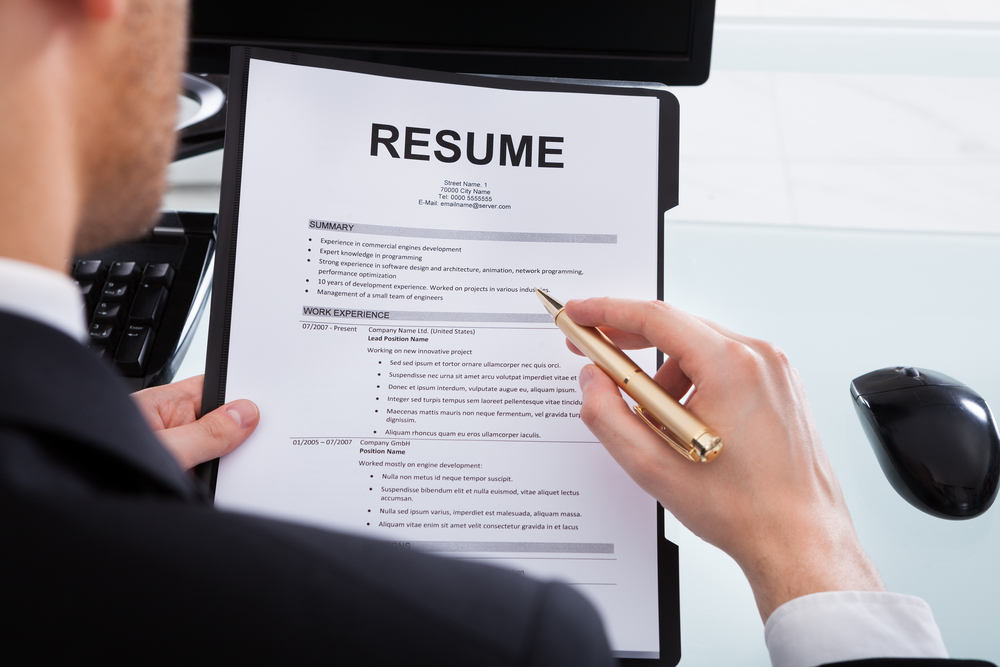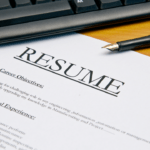
The Changing Job Market and Resume Gaps
There was a time when career paths followed a predictable trajectory: employees joined a company, stayed for decades, and gradually climbed the corporate ladder. Stability was the key, and an uninterrupted work history was a badge of honor. Those days, however, are long gone. Today, the job market is in constant flux, shaped by technological advancements, economic shifts, and evolving work cultures. As a result, traditional career trajectories are being replaced by more dynamic, non-linear career paths—ones that often include employment gaps.
A gap in your work history doesn’t have to be a red flag. In fact, hiring managers today are more interested in adaptability, problem-solving abilities, and the capacity to learn new skills than they are in seeing a perfectly uninterrupted work record. The reality is that job hopping, career transitions, and even short periods of unemployment have become the norm rather than the exception.
Surveys show that early- and mid-career professionals often consider multiple career paths before settling into a long-term role. In a study of over 1,000 professionals transitioning into tech, 90% expressed interest in at least three different disciplines, ranging from sales and marketing to user experience and design. With so many career paths to explore, it’s only natural for professionals to have shorter tenures at companies and occasional employment gaps.
Economic downturns and unexpected global events, such as the COVID-19 pandemic, have also played a significant role in normalizing employment gaps. Layoffs, hiring freezes, and industry-wide shifts have left many skilled professionals in between jobs for months—or even years—at a time. Instead of seeing these periods as setbacks, job seekers must learn how to frame employment gaps as opportunities for growth and reinvention.
Filling the Gaps in Your Resume
One of the biggest misconceptions about job searching is that hiring managers only value candidates with seamless work histories. While stability can be an advantage, most employers today recognize that career breaks happen for a variety of reasons—whether due to personal circumstances, further education, or shifts in the job market. What truly matters is how you present those gaps and the skills you’ve developed during them.
If you have employment gaps in your resume, it’s time to reassess your experience. Chances are, you’ve been involved in activities that can demonstrate professional growth, even if they don’t fit into the traditional definition of «work experience.» The key is to reframe these experiences in a way that aligns with the skills employers are looking for.
Many professionals mistakenly overlook valuable experiences that could help fill employment gaps. If an activity has contributed to your personal or professional development, it deserves a place on your resume.
Here’s an exercise to help you get started:
- Make a list of everything you’ve done during your career break—this could include freelance work, volunteer projects, coursework, certifications, mentorship, or even self-initiated projects.
- Look at job descriptions for the roles you’re applying to and identify the key skills they require.
- Find ways to connect your activities to the skills listed in these job descriptions.
- Rewrite your resume to highlight these experiences as valuable contributions to your career journey.
Let’s consider a real-world example. Imagine you took time off to start a personal blog or YouTube channel. On the surface, this might seem unrelated to your job search. However, if you managed content creation, engaged with an audience, and developed marketing strategies, you’ve actually built valuable skills in communication, digital marketing, and content strategy. These are highly transferable to many industries, including media, public relations, and marketing.
Similarly, if you participated in a startup competition, worked on a nonprofit project, or even helped a friend launch a small business, these experiences can be reframed as entrepreneurial and leadership skills. Employers value individuals who take initiative, and demonstrating that you’ve been proactive during career breaks will set you apart from other candidates.
Strategies to Avoid Future Resume Gaps
If you’re currently between jobs, you may be worried about how long your job search will take. Instead of passively waiting for the right opportunity, use this time to build new skills, gain relevant experience, and expand your professional network. Not only will this help you avoid future resume gaps, but it will also make you a more competitive candidate.
Option 1: Build Something of Your Own
Creating something from scratch—whether it’s a blog, a podcast, a small business, or an online course—can be a powerful way to fill employment gaps while showcasing your skills. Employers value self-starters, and having a project to highlight in interviews can set you apart.
For instance, if you’re a graphic designer looking for work, start a portfolio project that showcases your skills. Create branding kits for fictional businesses, redesign existing websites, or offer free design services to a nonprofit. If you’re in marketing, start a social media campaign or an industry newsletter. These projects demonstrate initiative and real-world application of your skills.
Option 2: Expand Your Network and Gain Experience
Networking is one of the most effective ways to land a job, but it’s also a strategy for gaining experience during career transitions. Reach out to small businesses, startups, or entrepreneurs and offer your expertise on a freelance or volunteer basis.
For example, if you’re transitioning into a new industry, find professionals who are already working in your target field. Ask for informational interviews, join relevant LinkedIn groups, and attend industry webinars. Many companies appreciate extra help with marketing, content creation, research, or administrative tasks, and taking on these roles (even temporarily) can help bridge your employment gap.
How to Address Resume Gaps in Job Applications and Interviews
Once you’ve taken steps to fill employment gaps with meaningful experiences, the next challenge is explaining them effectively in your resume, cover letter, and interviews.
- Be Honest but Strategic — Never attempt to hide resume gaps, but focus on what you did during those periods. Instead of simply listing dates, include a brief description of relevant activities such as professional development, contract work, or self-initiated projects.
- Use a Functional Resume Format — If your gaps are significant, consider using a skills-based (functional) resume format rather than a chronological one. This format highlights skills and achievements rather than a strict timeline of employment.
- Craft a Strong Cover Letter — Use your cover letter to provide context for your employment gaps while emphasizing how you stayed engaged in your field. This is an opportunity to turn gaps into a narrative of resilience and self-improvement.
- Prepare a Confident Explanation for Interviews — If an interviewer asks about employment gaps, don’t apologize. Instead, confidently explain how you used that time to develop valuable skills, take on new challenges, or explore new career opportunities.
Hiring managers are looking for candidates who can adapt and grow. A well-explained employment gap can demonstrate resilience, self-motivation, and continuous learning.
Take Control of Your Career Narrative
The modern workforce is evolving, and resume gaps are no longer seen as career-ending setbacks. Employers increasingly recognize that valuable skills are acquired through a mix of traditional employment, side projects, self-directed learning, and freelance work. The key is positioning your background as a compelling, value-driven narrative.
Instead of viewing resume gaps as obstacles, consider them opportunities to refine your skills, explore new interests, and ultimately shape the career you want. Confidence in your own journey will help potential employers see your experience as an asset—not a liability.









